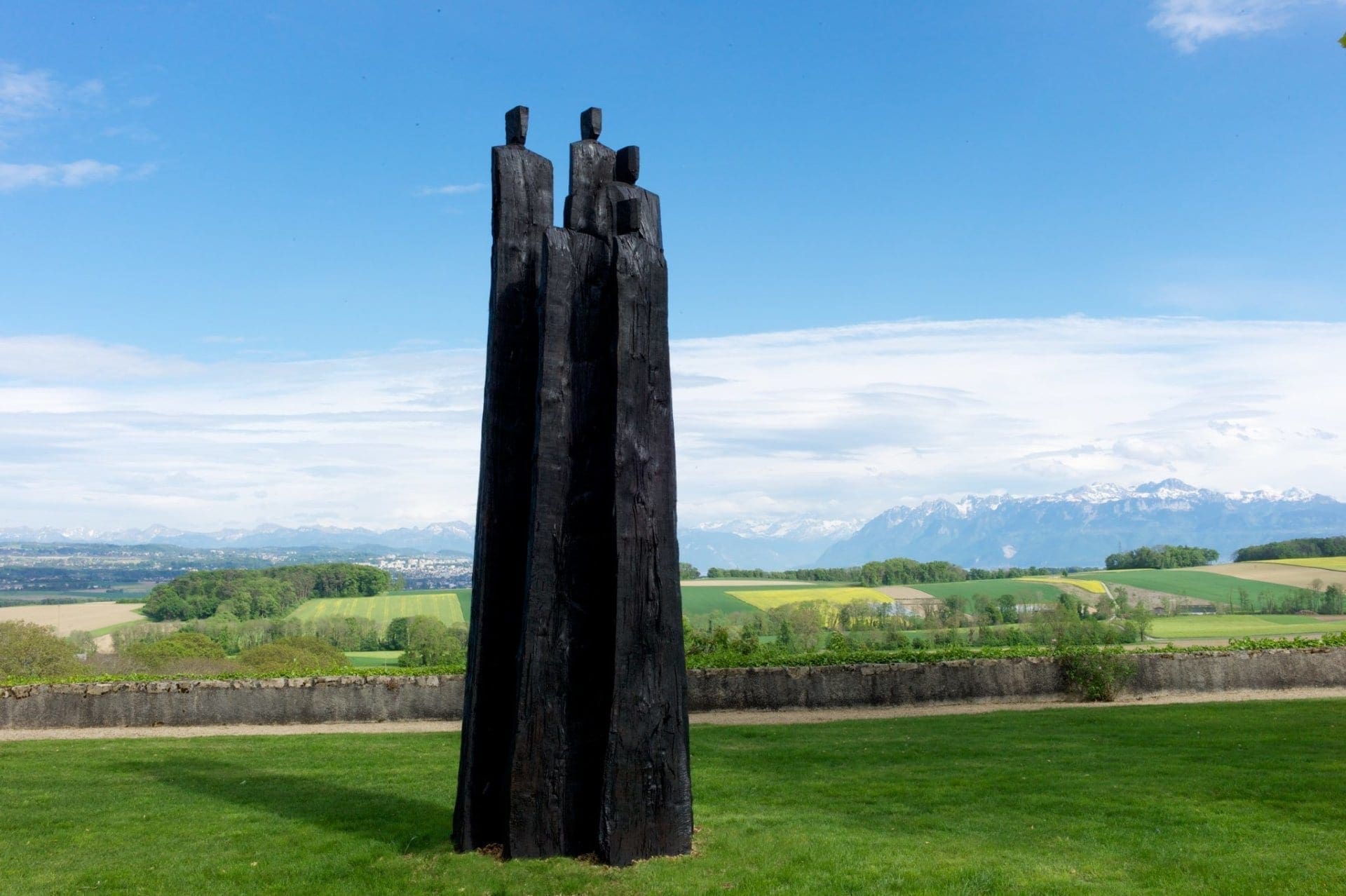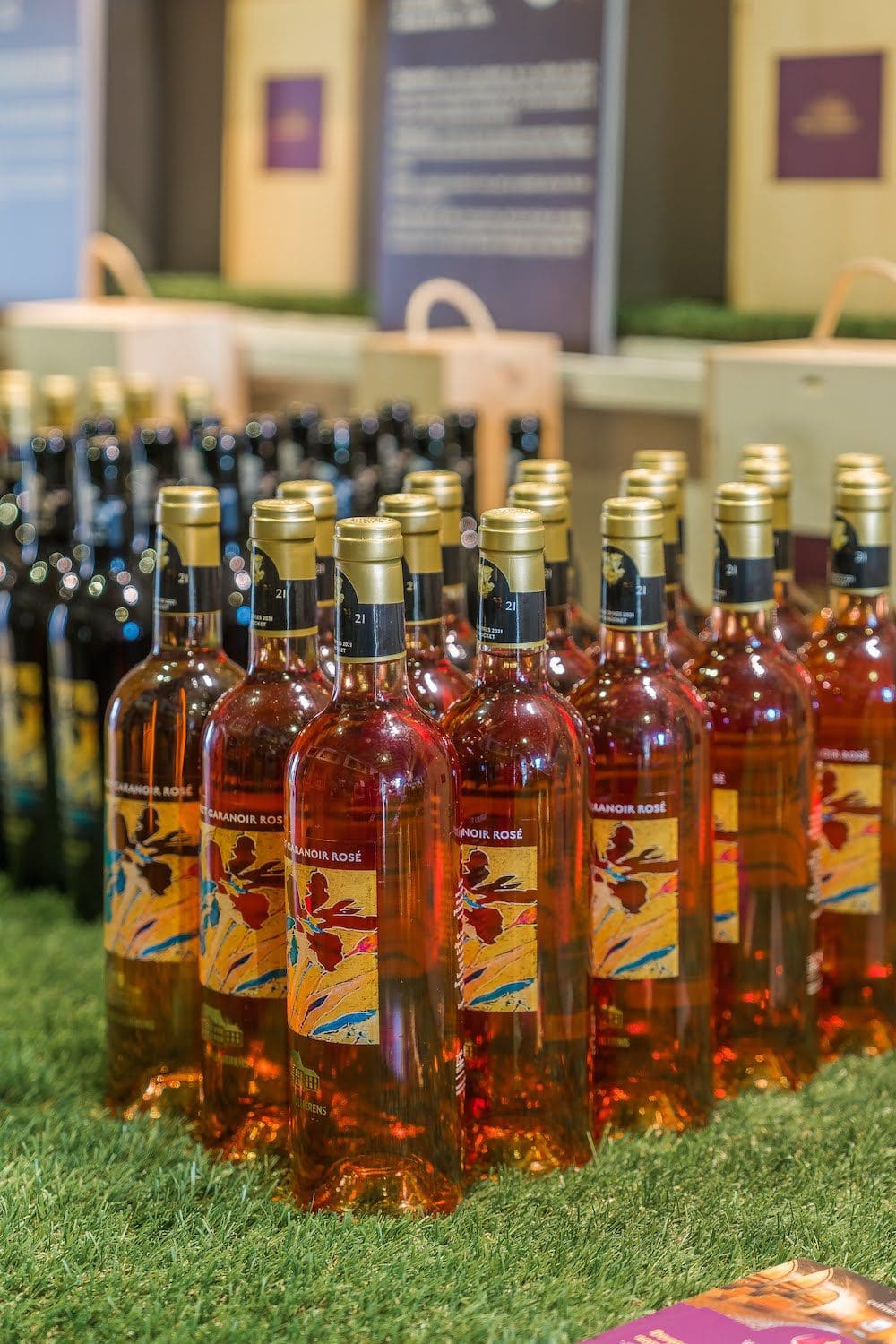Archives: Les Artistes


Archives: Les Artistes
Lorem ipsum
Christian Lapie studied first in Reims (1972- 1977) then in Paris (1977-1979). Having started out as a painter, working in chalk, oxides and ash on rough sheets of canvas mounted on rudimentary frames, he later turned to materials such as sheet metal, cement and charred wood. Time spent in the Amazon jungle triggered the need to create more monumental sculptures, and soon figures made of rough, scorched wood were to appear in the Champagne area where he lives, illustrating the bloody history of its First World War battlefields. His subject matter is universal, a profound contemplation of our relationship with the world and our own identity. Lapie’s very basic – rudimentary even – working techniques forever capture an unforgettable image, close yet at the same time distant, of a primary “being in the world”. Artists like Lapie, whose work consists in changing the landscape in some way, are nomadic by definition. 9 sculptures in the gardens.

Archives: Les Artistes
Lorem ipsum
Swiss-born artist Laurent Dominique Fontana studied architecture and fine arts in Geneva. His work often tackles the tragic tension with which the human condition is fraught : suffering, love, solitude, determination. These are characteristics found in his work as a sculptor ; a hand-to-hand combat with vital materials : stone, wood and time. There is always a paradoxical element to his portrayal of humanity : male and female figures, dreaming or warring, cross empty spaces with intensely powerful gestures – infinite, voluptuous, tense, elusive, like life itself.
In the shade of tall limes, by the old moat, stone figures convey love, strength and sensuality. Away from the exuberant flower displays, a couple 2.5 metres high and two 1.7 metre solitary figures contemplate the blondness of the shell sandstone from which they are made.

Archives: Les Artistes
Lorem ipsum
Visual artist Mireille Fulpius was born in Geneva on February 2, 1951. As a young graduate of the Visual Arts School in Geneva, she spent her first ten years as an artist working with metal, changing her working methods and spatial reference points when she was given the chance to set up a studio in a disused industrial building. This was also when she rediscovered wood, which was to become her material of choice – a turning-point in her artistic practice. For the past two decades, Fulpius has been producing large outside structures, each unique, which she describes as reservoirs of energy, in constant dialogue with the energies contained within the natural rhythms of the environment.

Archives: Les Artistes
Lorem ipsum
Urs Twellmann discovered his true vocation in 1997 when, after a period at the Visual Arts School in his native Berne, he took off for America and the Art Students League of New York, before completing his education at the Manhattan Graphic Center. Today, photography and sculpture are his preferred means of expression. Inspiration for his sculptures comes from the objects and installations which he experiments with in his studio-laboratory. This is where the wood reveals its nature and the future works begin to take shape.
He shapes and sculpts with a chainsaw, stopping only when he is convinced, beyond any doubt, that the piece has reached its finished form. Twellmann’s works come in all sizes, have been exhibited on every continent and won numerous awards.

Archives: Les Artistes
Lorem ipsum
Eric Sansonnens’ work asks us to look beyond the apparent complexity of the material and go deeper, to dig down to the very essence of the material. Artists are go-betweens who portray the world not as it is, but as they see it.
In this respect, Eric Sansonnens’ first occupation, as a carpenter, has left its mark : total respect for the raw material. He never asks for a tree to be uprooted especially for him, but picks a trunk that has already been felled. Having made his choice, the sculptor scrutinises the wood, explores its structures, tests its resistance and notes any weaknesses. He is now ready to give new life to a tree that would otherwise have been burned. Entering into violent, noisy combat, Sansonnens shapes his material with a chainsaw until an abstract form emerges from the fray. Art imitates nature, but through the artist’s prism. Eric Sansonnens builds a rudimentary bridge between wood’s complex structures and the artist’s unconscious which has observed his deepest sentiments and brought forth elemental forms. He opens a door into his world, without the need for further explanation.


